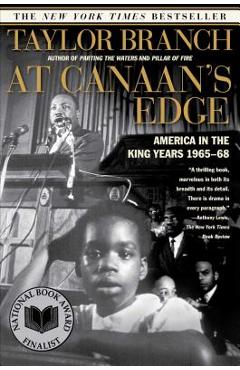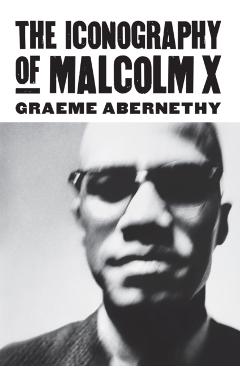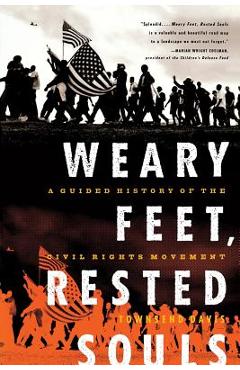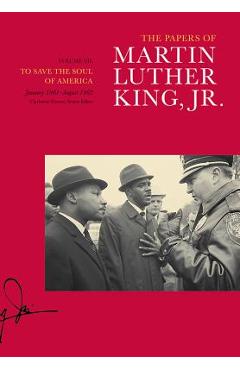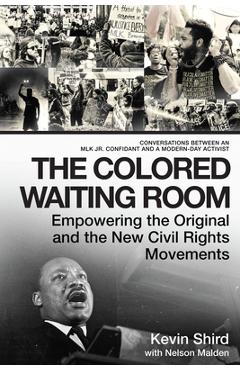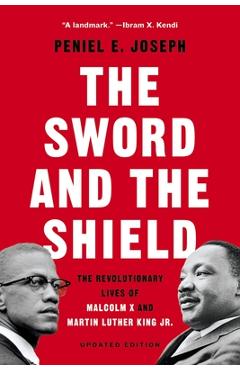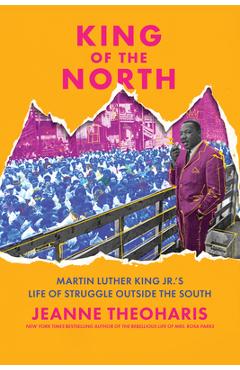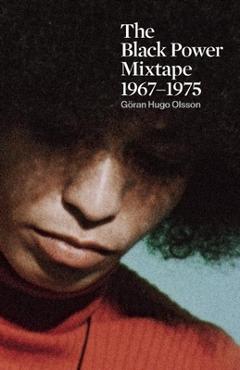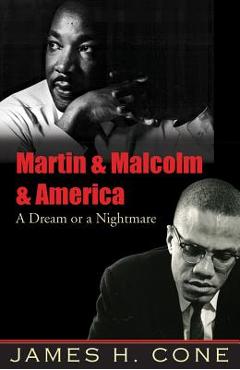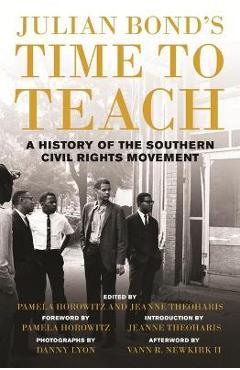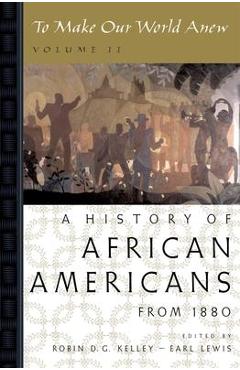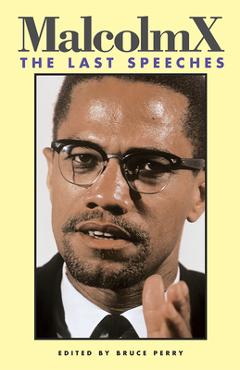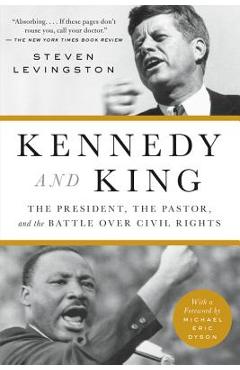Martin Luther King, Jr., Malcolm X, and the Civil Rights Struggle of the 1950s and 1960s: A Brief History with Documents
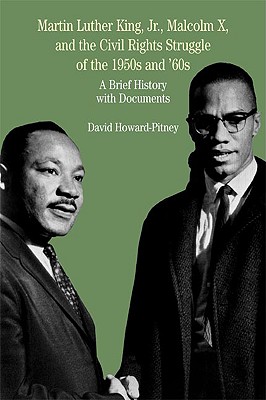
Martin Luther King, Jr., Malcolm X, and the Civil Rights Struggle of the 1950s and 1960s: A Brief History with Documents
The civil rights movement's most prominent leaders, Martin Luther King, Jr. (1929-1968) and Malcolm X (1925-1965), represent two wings of the revolt against racism: nonviolent resistance and revolution by any means necessary. This volume presents the two leaders' relationship to the civil rights movement beyond a simplified dualism. A rich selection of speeches, essays, and excerpts from Malcolm X's autobiography and King's sermons shows the breadth and range of each man's philosophy, demonstrating their differences, similarities, and evolution over time. Organized into six topical groups, the documents allow students to compare the leaders' views on subjects including integration, the American dream, means of struggle, and opposing racial philosophies. An interpretive introductory essay, chronology, selected bibliography, document headnotes, and questions for consideration provide further pedagogical support.
PRP: 292.95 Lei
Acesta este Pretul Recomandat de Producator. Pretul de vanzare al produsului este afisat mai jos.
263.65Lei
263.65Lei
292.95 LeiLivrare in 2-4 saptamani
Descrierea produsului
The civil rights movement's most prominent leaders, Martin Luther King, Jr. (1929-1968) and Malcolm X (1925-1965), represent two wings of the revolt against racism: nonviolent resistance and revolution by any means necessary. This volume presents the two leaders' relationship to the civil rights movement beyond a simplified dualism. A rich selection of speeches, essays, and excerpts from Malcolm X's autobiography and King's sermons shows the breadth and range of each man's philosophy, demonstrating their differences, similarities, and evolution over time. Organized into six topical groups, the documents allow students to compare the leaders' views on subjects including integration, the American dream, means of struggle, and opposing racial philosophies. An interpretive introductory essay, chronology, selected bibliography, document headnotes, and questions for consideration provide further pedagogical support.
Detaliile produsului









